Table of Contents
Regulars at the farmers’ market, avid gardeners, and CSA members have first-hand experience with this problem. Although radishes, butter, and salt go together like peanut butter and jelly, by the middle of the summer, even the most eye-catching ombre roots have lost their shine. There may be a need to rethink the formula if this occurs. Cooking radishes brings a new flavor, even though we typically consume them raw.
It is great to eat radishes fresh

Like other root vegetables, radishes take on a concentrated, chilly flavor when roasted at a high temperature. Pan-braising radishes instead of roasting them is a good alternative this year since it reduces the radishes’ spicy flavor and gives them a delicate, moist texture reminiscent of beets. Deborah Madison’s recipe calls for more ingredients and steps than some other radish dishes.
However, it still comes together in minutes and features only a few basic flavors: shallots, butter, water, and herbs. The greens are added at the end of cooking and steamed with the radishes, making this side dish substantial enough to serve four people. Perhaps you should put down the mandoline and take a break if the constant stream of radishes is too much. Your skillet is anxious to participate.
Always check the condition of your radishes before cooking them or getting ready to preserve
When you store your radishes in the refrigerator, they will eventually turn from white to brown. If left out on a counter for too long after purchasing them fresh or jarred before storing away again – it’s game over! Well, not everyone has the luxury of picking their own radishes. But that’s okay because there are still plenty available at your local grocery store! You just need to be aware and consider what type you want when buying them so they’ll last longer for you – plus here are some tips to remember…
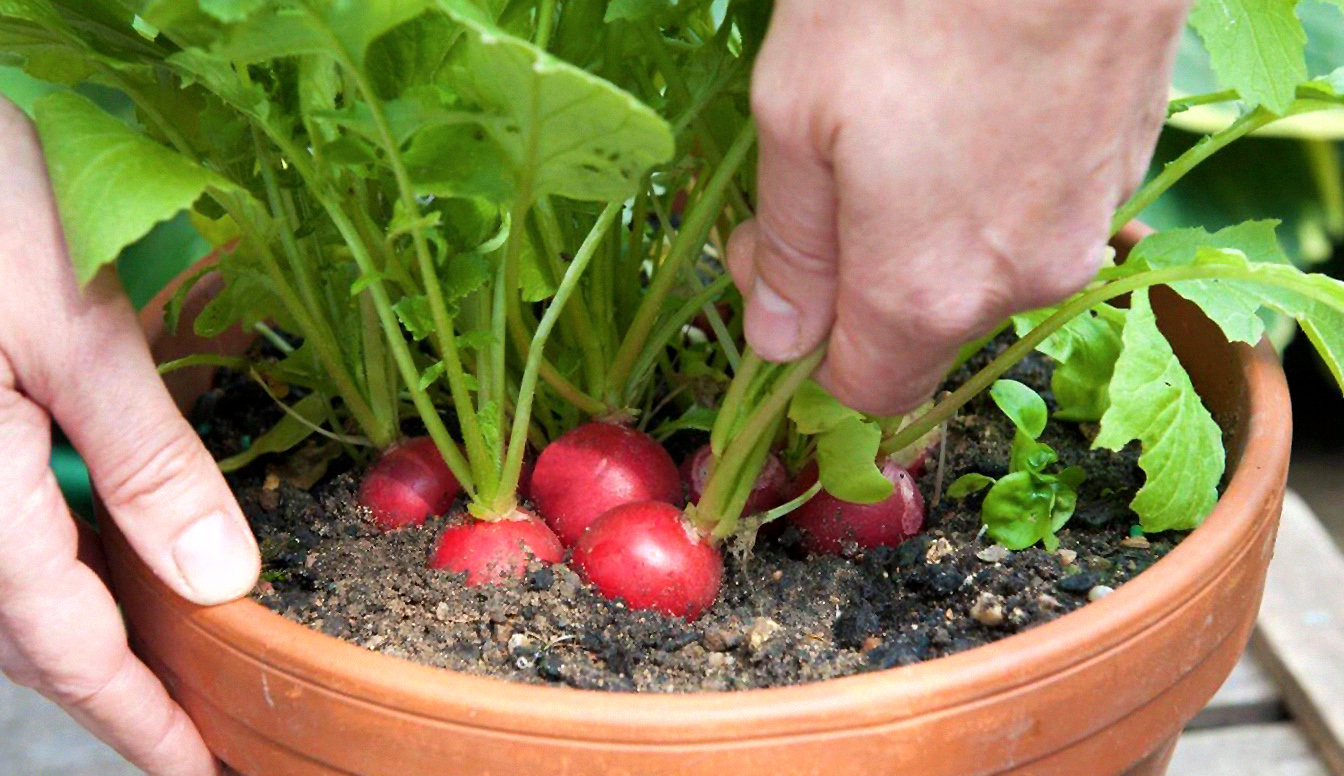
The first thing that happens when these veggies start going bad is their color fades due to UV light exposure, by that time the spoilage process is already gaining momentum. Here are the few main signs to look for:
1. The color of the radish has changed
If the radish was originally a deep red color and it has now turned brown or white, then it has gone bad.
2. The radish is soft to the touch
A radish that is starting to go bad will be softer than a fresh radish.
3. The radish has developed mold
Mold is a sure sign that the radish has gone bad and should not be eaten.
4. The radish has an off-putting smell
If the radish smells sour or otherwise unpleasant, it has gone bad and should be discarded.
5. The radish has started to sprout
When a radish starts to sprout, it is no longer fresh and should not be eaten.
You can read here to learn how exactly radishes go bad.
How can you store and prep excess radishes?

When you reach home, use scissors or a sharp knife to cut the greens off the radishes and remove any rubber bands or ties. Wrap the greens and radishes loosely in a bag or a tea towel and place them in the refrigerator. Radishes and their greens, both notoriously unclean vegetables, should be soaked together in a big basin of cold water for at least an hour before being served. Radishes should be dried thoroughly before serving, whereas greens can still be slightly moist before heating or sautéing.
Yellowed greens should be thrown away, while greens that appear fatigued can be revived in a basin of cold water; after about twenty to thirty minutes, the greens will perk up; if they don’t, they’re probably beyond repair.
After preparing radishes, how do you cook them?
Raw radishes can be eaten in various ways, including split and topped with salt, sliced into salads, piled atop buttered baguettes, or sliced into slaws. You may make a delightful salad by marinating them in olive oil, lemon juice, and mint, and you can also pickle them in the traditional vinegar, sugar, and salt combination. Tacos are improved by adding peppery and crisp salsa made with finely diced radishes, red onion, jalapeno, cilantro, and lime.
Roasting radishes in olive oil, salts, and pepper at 450 degrees Fahrenheit for about fifteen to twenty minutes yields caramelized and delicate roots. You may also make a healthy and filling vegetable side dish by sautéing and puréeing them with a variety. It is also possible to turn this purée into a soup by adding some water or chicken or vegetable stock.
If your greens have turned yellow before you cook them, toss them. Quickly steam or sauté greens and dress them in olive oil or butter, a dash of lemons or drop of vinegar, chopped shallots, and your favorite herbs.
Preserve your excess radishes when not in use
While enjoying a radish on its own is always a good time, there are times when you need to find creative uses for the fresh produce that has become available with the arrival of spring or when you want to take full advantage of a discount at the supermarket.
Radishes can develop mold if they’re not preserved correctly. When food starts developing a funny odor or has green patches on its surface, it should be discarded immediately because this indicates that there is active harboring of harmful bacteria which might cause nausea and vomiting in consumers consuming such products!
Simple methods for preserving radishes are provided here.
Place them in a root cellar or cold room
You can store radishes in soil or moist sand in a cool chamber or root cellar in the basement to simulate their native environment. In this manner, you can preserve radishes for up to three months.
A root cellar is a subterranean structure that is used to store fruits, vegetables and other food items. The temperature and humidity in a root cellar are carefully controlled to provide an environment that is conducive to the long-term storage of food. Root cellars can be either cold or warm, and some are equipped with ventilation systems that help to regulate the temperature and humidity.
If you don’t have a root cellar, your best option is to store your food in a cool, dark place. The ideal storage temperature for most food is between 32 and 50 degrees F (0-10 degrees C). You can also freeze or dry foods to extend their shelf life.
Freeze your radishes
You can freeze radishes; yes, that’s a thing. Freezing radishes is an excellent option if you buy them in bulk, intending to use them in your family’s diet but tossing them out after a few weeks. If you’re watching your carb intake, substitute roasted or cooked radishes for potatoes. And if you make enough, you can pop them in the freezer for easy weeknight meals.
Freezing radishes significantly reduces the number of cooking options available to you. When frozen, the cell walls of the radish burst and the vegetable becomes limp and watery. Boiling or steaming are your best cooking options, but even then the radish will lose its crunch and taste somewhat bland. microwaving is not recommended. With this in mind, you should never use frozen radishes for salad! The frost does damage the cell walls of the vegetables, making them less flavorful and unappealing in texture. In addition, frozen vegetables are typically slightly less nutritious than fresh vegetables, and radishes are no exception.
Pickle your radishes
Sometimes the only way to ensure that your produce lasts is by fridge pickling it. This process can be done in a hurry with little time needed, which makes this an excellent method for those who don’t have much free-time or must utilize what they do have efficiently! When seeing your family in the summer, prepare a big batch on Monday and snack on them all week. This process can be done in a hurry with little time needed, which makes this an excellent method for those who don’t have much free-time or must utilize what they do have efficiently!
Dehydrate radishes
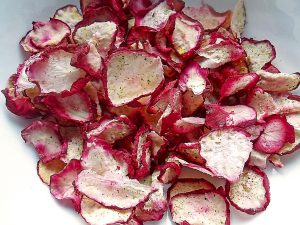
Dehydration reduces the radish’s bite while preserving its full flavor. Cooking this over the weekend while preparing my meals for the week was a lot of fun. You can dehydrate it after slicing it, seasoning it, and putting it in the oven. Dehydrated radish slices can be used in soups and stews. They add a nice crunch and a slightly peppery flavor to dishes.
It takes about 2-3 hours to dehydrate radish slices in the oven at a temperature of 115 degrees Fahrenheit. Make sure to keep an eye on them, as they may dry out more quickly depending on the humidity and moisture content in the air. Enjoy your crispy, healthy snacks!
Here’s a creative idea: You can even add seasoning when dehydrating radishes in the oven! However, it is important to note that adding seasonings will alter the overall taste and texture of the final product. You can use a variety of seasonings, depending on your preferences. Some good options include salt, pepper, garlic powder, or chili powder. Experiment with different seasonings to find what you like best!
Drown your radishes in cold water
Radishes will lose water to evaporation if they’re left out in the open air, but you can minimize this by keeping them in water. The water will also help to preserve the radishes’ freshness and flavor. Submerging radishes in cold water can help to preserve them. The colder the water, the better. The ideal temperature for preserving radishes is 32-35 degrees Fahrenheit.
This method of storing radishes keeps them fresh and preserves the original condition like they were picked up from the ground just moments ago. It’s a short-term strategy but it has many benefits and is more versatile in comparison to freezing or drying out produce.
You can store radishes under water in room temperature for up to a week. Radishes will keep their crunch and color best if you keep them in cold water (like in the fridge). However, if you’re storing them at room temperature, make sure to change the water every day.
Store it inside a crisper drawer
A crisper drawer is a storage compartment in a refrigerator that is predominantly used to store fruits and vegetables. The humidity in the crisper drawer can be adjusted, which helps to extend the life of your produce by slowing down the rate at which they lose water.
There are better ways to preserve radishes for longer, but storing them in the crisper drawer is the least complicated method. To store radishes, just dampen a paper towel, wrap them in the towel, throw them in a plastic bag, and put the bag in the crisper drawer of your fridge. There is a chance that your radishes could last for more than a week if they are fresh.
Conclusion
While it’s not the worst thing in the world to discard a bit of extra produce, it’s always best to avoid wasting food whenever possible. After all, the average American throws away around 25% of the food they purchase, which is equivalent to tossing out over $2000 worth of groceries each year.
So what can we do to reduce food waste? Here are a few tips:
-Plan your meals in advance and only buy what you need. This will help you avoid buying excess produce that may go bad before you have a chance to use it.
-Store fruits and vegetables properly. Make sure they’re not overcrowded in the fridge, and try to keep them away from ethylene-producing foods.
Having too many radishes is a common problem for gardeners. While it might seem like a good idea to plant extra seeds in case some don’t germinate, this often leads to an overabundance of radishes. If your excess radishes came from your own garden, the best way to avoid having too many radishes is by improving your gardening habits. One way to do this is to thin out your radish seedlings once they have sprouted. This ensures that each radish has enough space to grow and reduces the overall number of radishes that you will ultimately harvest. Another way to prevent having too many radishes is to plant fewer seeds in the first place. By carefully estimating the number of radishes that you will need, you can avoid ending up with an excess. For most gardeners, the best way to avoid having too many radishes is a combination of these two methods. By thinning out seedlings and being more precise with seed planting, you can enjoy a bountiful harvest without ending up with more radishes than you know what to do with.
There are a few more things to consider, for example, it is important to have a radish seeding schedule in order to have a continuous harvest:
First, you’ll need to choose a type of radish that is suitable for successive sowings. For example, there are three types of radishes: winter radishes (a large type that can be grown year-round), spring radishes (a smaller type that matures quickly), and summer radishes (a larger type that takes longer to mature).
Second, you’ll need to time your sowings so that there is at least four weeks between each one. This will give the plants enough time to mature before you harvest them. Finally, plan your sowings so that you have a continuous supply.
Good planning helps you avoid the hassle of handling all those excess vegetables. If you find yourself with excess radishes this year, we hope that these tips will help make sure they don’t go to waste and give some great ideas on how best store them for future cooking. Keeping them or cooking will be up to you, but what matters is that the radishes themselves will not go bad, and always appreciate the bountiful harvest that you have, whether it be a nice steamed radish or cooked radish.

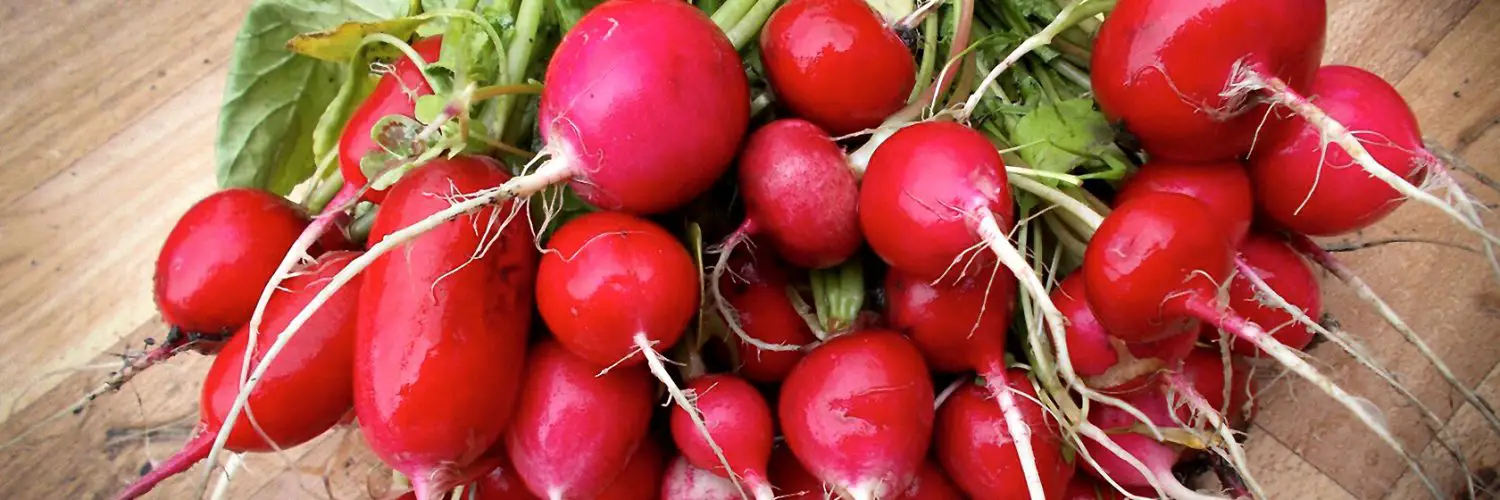
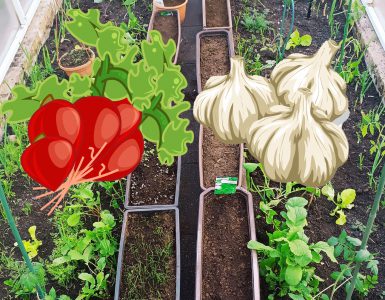
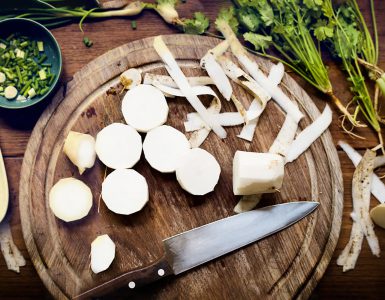
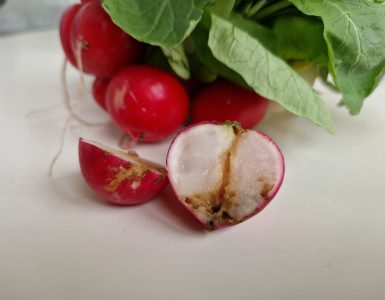









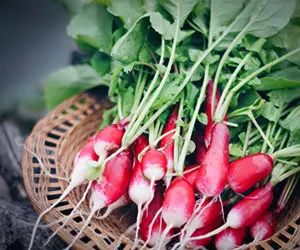

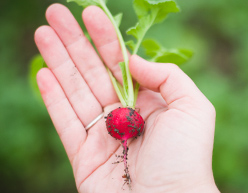






Add comment